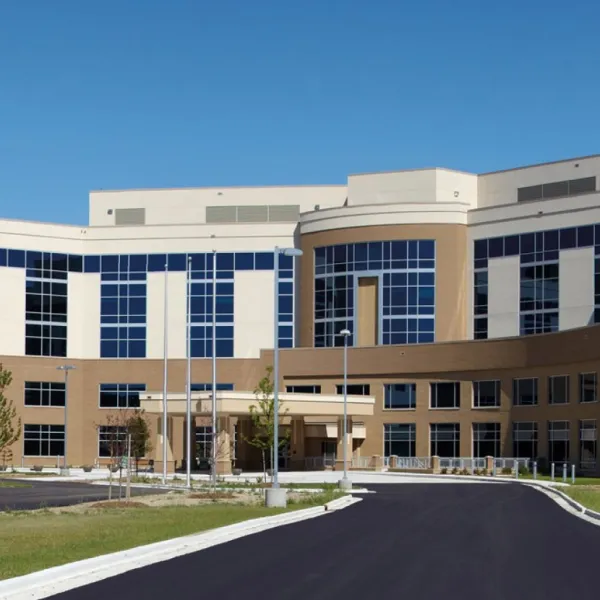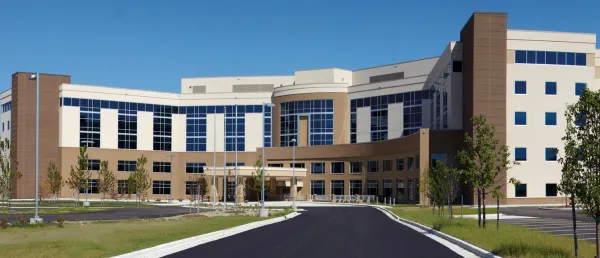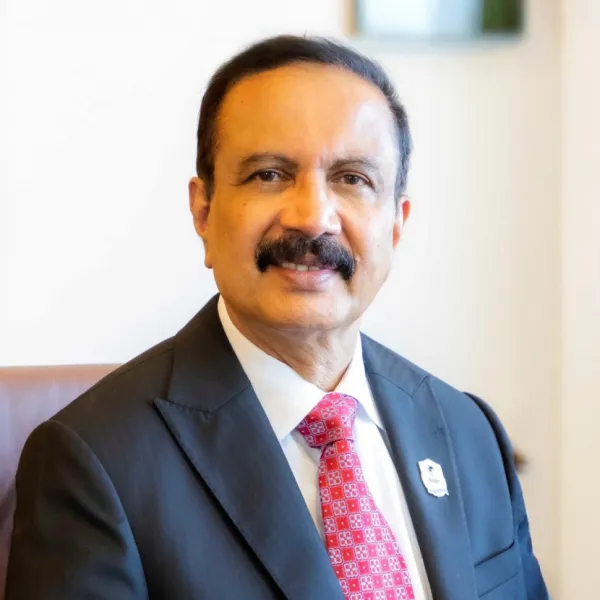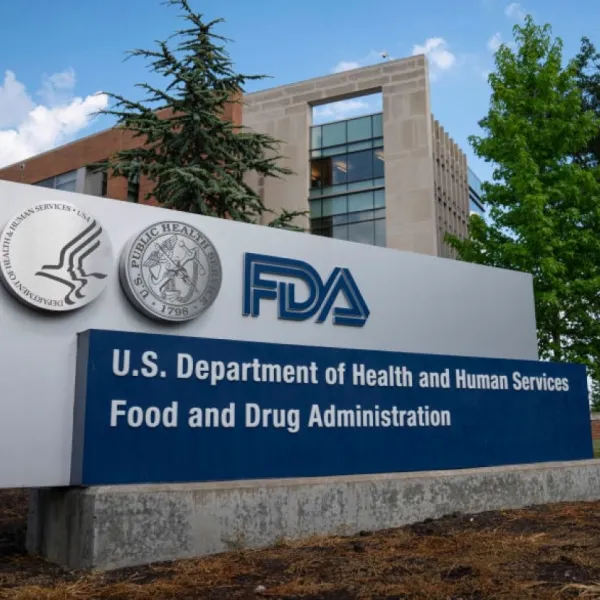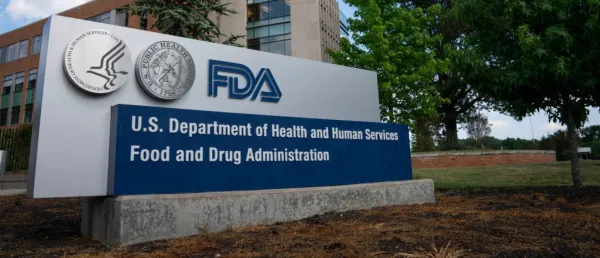Indian Hospitals Attract $4.96 Bn in PE Investments; FDI Inflows Reach $3.2 Bn

The report underscores the role of diverse funding solutions, including equity financing, debt financing, FDI, and public-private partnerships (PPPs), in sustaining hospital growth.
Hospitals in India have emerged as a major investment destination, according to a report by Grant Thornton Bharat.
The report, produced in collaboration with the Association of Healthcare Providers of India (AHPI), reveals that the industry attracted $4.96 billion from private equity (PE) investors and $3.2 billion through foreign direct investment (FDI) between 2022 and 2024.
The report, which analyzed 594 M&A and PE transactions, highlights that Indian hospitals undertook mergers and acquisitions (M&A) worth $6.74 billion during this period.
Additionally, hospitals raised $466 million through Initial Public Offerings (IPOs), further solidifying their financial standing.
Private Equity & FDI Drive Hospital Growth
The report underscores the role of diverse funding solutions, including equity financing, debt financing, FDI, and public-private partnerships (PPPs), in sustaining hospital growth.
Key private equity investments in Indian hospitals between 2022-24 include:
$2 billion investment by Temasek Holdings in Manipal Health (2023)
$656 million by BPEA EQT in Indira IVF (2023)
$591.1 million investment by Blackstone Group in Quality Care (2023)
On the FDI front, healthcare and diagnostics investments totaled $3.2 billion during the period. Since April 2000, total FDI inflows into healthcare and diagnostics have reached $11.19 billion as of September 2024, with major investments targeting hospital chains, diagnostics centers, and specialized care facilities.
In FY 2024-25 (until September), hospitals and diagnostics players generated an additional $931.46 million in FDI inflows, reinforcing investor confidence in the sector.
Specialized Healthcare Segments See Strong Investment
The report highlights that nephrology, IVF, and oncology attracted $1.4 billion in PE investments over two years. These specialties' asset-light, scalable models and rising demand for advanced treatments have made them attractive to investors.
Bhanu Prakash Kalmath S J, Partner at Grant Thornton Bharat, noted, "Investor interest in value-based care models and efficiently run hospitals continues to grow, supported by strong market fundamentals and a favorable investment climate. As the sector evolves, clinical excellence must remain its cornerstone, and optimizing key performance metrics—such as EBITDA margins, patient volumes, and cost management—will be critical for hospitals to thrive in the years ahead."
Government initiatives like Pradhan Mantri Jan Arogya Yojana (PMJAY) have also contributed to driving demand for hospital services by providing insurance coverage to over 500 million people, ensuring financial protection, and boosting healthcare accessibility.
However, the report also highlights critical gaps in healthcare infrastructure. While Tier 2 and Tier 3 cities account for less than 30% of India's hospital infrastructure, these regions represent a significant share of the rising demand for quality healthcare.
Dr Girdhar Gyani, Director General, AHPI, commented, "With a deficit of 1.54 million doctors and 2.4 million nurses, the urban-rural disparity remains a challenge. Currently, 60% of hospital beds are concentrated in metro cities, while 70% of the population resides in non-metro regions."
He further emphasized the need for innovative financing models, enhanced medical training programs, incentives for rural healthcare expansion, and digital health adoption to bridge the existing healthcare gaps.
Stay tuned for more such updates on Digital Health News







